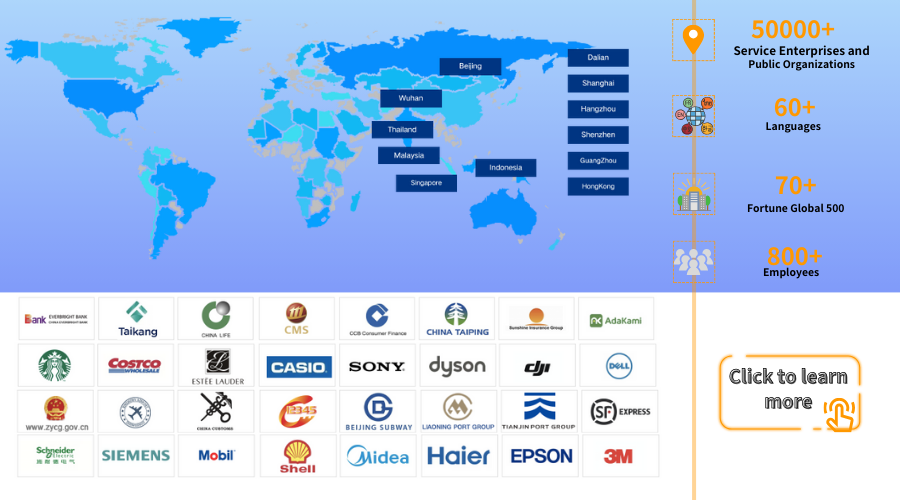The Evolution of Customer Service Ticketing
Article Summary:While email served its purpose for many years, ticketing systems now present a vastly superior approach for managing customer service interactions at scale. Leading solutions continue advancing the space with innovative features, but the core value of centralization and organization remains as important as ever.
For decades, email has served as the primary means of communication between customers and support teams. When a customer encounters an issue or has a question, they send an email to a general support inbox. The support agent then responds via email to address the inquiry.
While simple, this email-based system had some notable drawbacks. With multiple emails flying back and forth between parties, it was easy for important details or context to get lost. Troubleshooting long, complex issues became difficult without a centralized place to store all correspondence. Agents had to manually search through piles of emails to find a customer's previous messages if they contacted support again later.
Over time, customer service providers realized these limitations and sought better ticketing solutions. A ticketing system centralizes all customer requests and agent responses in one organized interface. Each inquiry is assigned a unique ticket number for easy reference. All subsequent correspondence related to that issue is attached to the same ticket.
This evolution brought many advantages over the basic email model. Tickets provide a single source of truth for customer issues, eliminating confusion. Agents can easily see a customer's full history to get up to speed quickly. Customers appreciate the organization and transparency of seeing all updates in one place.
Early ticketing systems were still quite rudimentary. They provided basic functionality like ticket creation, assignment, and status updates but lacked many modern features. Interactions were still primarily done through separate email exchanges attached to tickets. The experience remained disjointed for both customers and agents.
Modern ticketing platforms have come a long way. Advanced systems now offer seamless integration between the ticketing interface and common communication channels. Customers can submit tickets, view statuses, and message agents directly from within the platform. Agents have a unified workspace to handle all aspects of support - from intake to resolution - without switching between multiple tools.
Key features of leading ticketing solutions include:
- Omnichannel support that allows flexible customer contact via chat, email, phone, or social media directly in tickets. This provides a more cohesive experience on any device.
- Powerful search and filtering to easily find relevant tickets from a company's full history. Sophisticated tools help agents quickly get up to speed on complex, long-running issues.
- Customizable workflows to map out standard operating procedures. Automated routing and reminders keep workloads organized and ensure nothing falls through the cracks.
- Integrations with other business tools like CRM and helpdesk software. This connects critical customer data and streamlines related processes.
- Reporting and analytics to glean insights from support trends. Valuable metrics help optimize agent performance, identify recurring issues, and shape future product strategies.
- User management controls to regulate access based on team roles. Administrators maintain security and delegate responsibilities as needed.
As customer expectations continue rising, support platforms must keep pace with evolving needs. A modern ticketing system offers indispensable benefits for businesses striving to deliver top-notch service. By centralizing communications, automating workflows, and providing insights, they empower support teams to resolve issues faster while strengthening customer relationships.
One ticketing solution leading the way is Udesk. As a global leader in omnichannel engagement platforms, Udesk combines the essential features outlined above with AI capabilities like predictive routing and knowledge base generation. Customers and agents benefit from a seamless experience across all communication channels from within a single, unified interface. Udesk also prioritizes flexibility and customization to accommodate unique business processes. Overall, it provides a robust toolkit for companies seeking to transform their support operations and stand out from the competition.
In summary, while email served its purpose for many years, ticketing systems now present a vastly superior approach for managing customer service interactions at scale. Leading solutions continue advancing the space with innovative features, but the core value of centralization and organization remains as important as ever. For support teams aiming to optimize efficiency and deliver a best-in-class experience, modern ticketing platforms are an indispensable investment.
》》Take our Ticketing System for a spin—for free—to see how it can work for your business.
The article is original by Udesk, and when reprinted, the source must be indicated:https://www.udeskglobal.com/blog/the-evolution-of-customer-service-ticketing.html
Customer Ticketing SystemTicketingTicketing Software

 Customer Service& Support Blog
Customer Service& Support Blog



